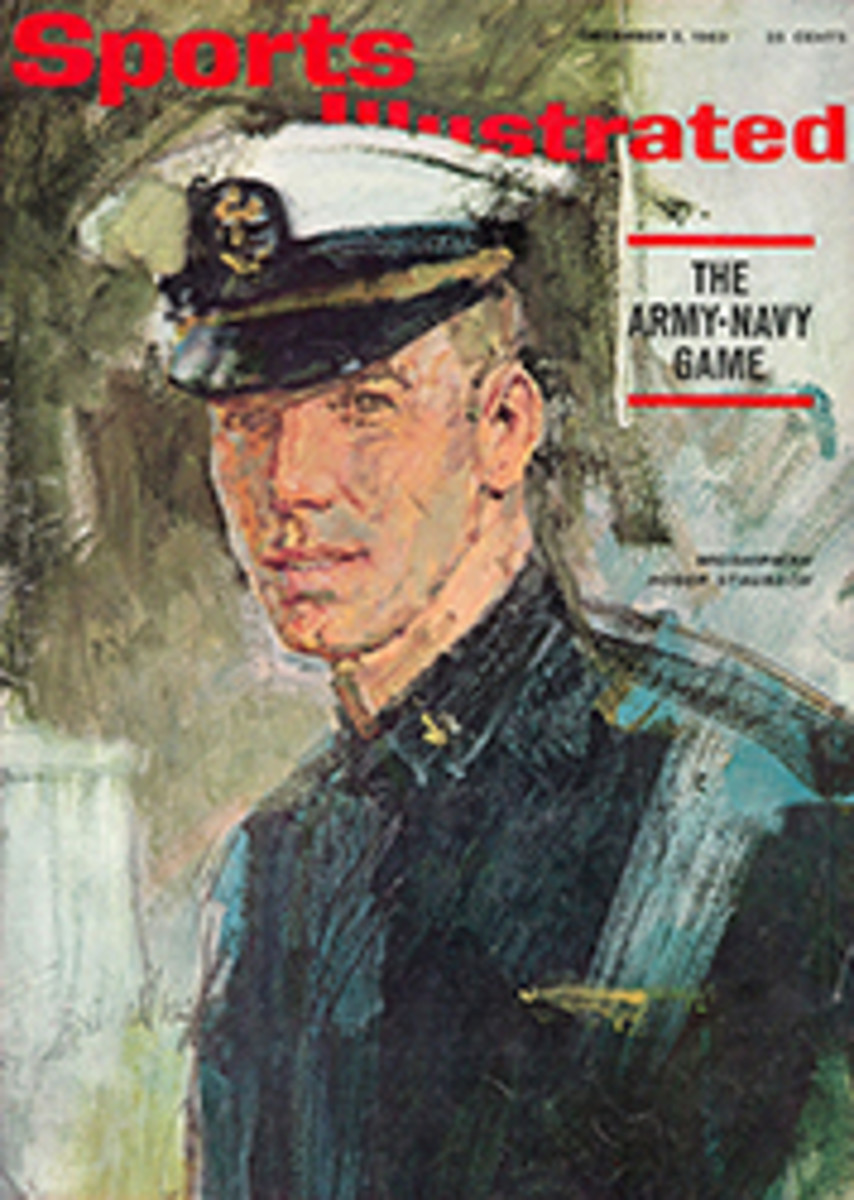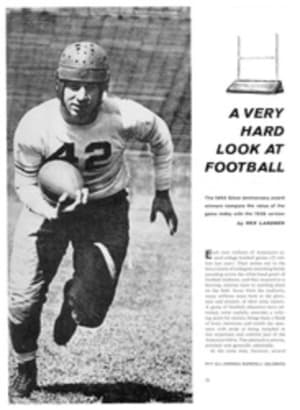
A Simple Way to Improve at Any Sport
I never saw a man who gets more fun out of sports participation than Tim Kellog. The thing is that Tim is always improving. This would not be so surprising if he were a lean kid of 17 or 18. But Tim Kellog is 64. What is more, while he is in pretty good shape for that age, I have seen men who are in better. The answer is that Tim has hit on a ridiculously simple system for improving, a sort of Kellog Plan for Improvement that we all might follow.
I first met Tim about 20 years ago, when he would have been in his early 40s, of course. A varsity track star, he had taken up tennis after he got out of college, and he soon became good enough to win our state championship. He then kept on winning it, interminably, over nearly two decades.
But two or three years after I met him Tim got beaten in the semifinals. "I'll bet I blew at least 20 overheads that I could have creamed a few years ago!" he fumed bitterly. Tim was absolutely right; he could have. "Let's face it," he added. "I'm over the hill."
I gave no more thought to this at the time. It seemed about time for Tim to be over the tennis hill. To tell the truth, I was relieved. I had gotten a little tired of listening to him recount his successes. A couple of weeks later I ran into him at the country club and learned that he had quit playing tennis completely and was taking up golf.
"How's it going?" I asked him.
Tim made a wry face. "You just couldn't believe it," he said. "I'm incredibly putrid at golf. Yesterday I finally managed to get through 18 holes on the course for the first time. It took me practically all day. Do you know what my score was?—144! Can you imagine anything so dreadful?"
Wondering why anybody would voluntarily come out with an admission of ineptitude like that, I shook my head. Later I was to find out why.
Several weeks passed before I encountered Tim again. He seemed suspiciously happy. "You wouldn't imagine how I've improved!" he announced proudly. "I shot a 110 the other day!"
In view of the fact that Tim has natural athletic ability and puts a lot into everything he does, this did not surprise me in the least. Nor did it surprise me that within a year after taking up the game he was shooting in the middle 80s. After all, this was a familiar pattern involving two of our most popular participating sports. Thousands of tennis players have abandoned the game in favor of golf which, whatever its difficulties, is admittedly less strenuous.
Actually it was not for a couple of years or so—this meant that Tim was pushing 50—that I found out that his pattern was not the familiar one at all. We were at a party together, and I asked how his golf game was.
Tim scowled. "Gave it up six months ago," he said. "I got to a certain point, and then I came to a standstill. I just couldn't get under 85, no matter what I did. In fact, on the average, my scores were starting to get higher again. So I faced up to it. Where golf was concerned I was on the skids."
"Well," I said. "That's too bad. But I hope you're not giving up exercise altogether. That's a mistake for someone who's always been active like you. I mean you could try croquet or—"
"I have recently taken up squash," Tim interrupted.
I stared at him in amazement. "At your age!" I exclaimed. "Squash is murder for just about anybody over 25. Switching from tennis to golf—that makes sense. But switching from golf to squash—that's absolutely ridiculous!"
"Well," said Tim, "of course I'm never going to win any championships at my age, but you'd be amazed at the progress I've made already. At first I knocked just about every ball into the tin. I was the most pathetic squash player you ever saw. Bill Jason could trim me 15-0 every game without even taking off his sweater. But last Saturday he only took me 15-7, 15-5. He says it's amazing how I'm improving. And he's not the only one. Charley Thomas and Brad—"
It was at this precise moment that, for the first time, I clearly perceived the pattern Tim was following: when he found he was over the hill at a sport, he gave it up instantly—even though he was still able to beat some people at it. He quit putting himself into the position of having to say to himself, "I used to be able to do this much better."
Under the Kellog plan, when that happens you immediately take up something new. Whether it is more or Jess strenuous than the sport you have abandoned has nothing to do with it. The only rule is: try something you have never tried before. It does not matter whether it is wrestling, horseshoe pitching or shuffle-board. If you have never tried it before, the only way you can go is up. Up to a certain point you are bound to improve. And when you reach that point—well, there is always something else.
Skiing at 64
The current something else in Tim's 64th year is skiing. ' "The first time—two months ago—was ludicrous," he told me recently. "I was just on a practice slope for kiddies, but even so I was either falling down or getting tangled up.
"But you should see me now. Oh, don't get me wrong. I don't expect to win any championships, not at my age, but I'm picking up things all the time. The pro says he doesn't see why I can't improve for at least another couple of years before I level off, and then—"
And then? I can imagine Tim at 80. The rest of his old sports pals will either be dead or lamenting their long-lost skills. Not Tim. His voice will be a childish treble, but it will still be audible. I can hear him now:
"Well, I'm never going to make the Olympic team, but this decathlon business is fun. My improvement is sensational. Take the high jump. One foot 11 inches was the best I could do when I started jumping last month. I'm already up to two feet seven, and my coach says there is no reason why I can't hit three feet pretty soon if my arthritis doesn't act up. And the 100-meter dash. I admit 48.7 seconds might sound a little slow, but when you consider I couldn't break a minute a month ago...."

